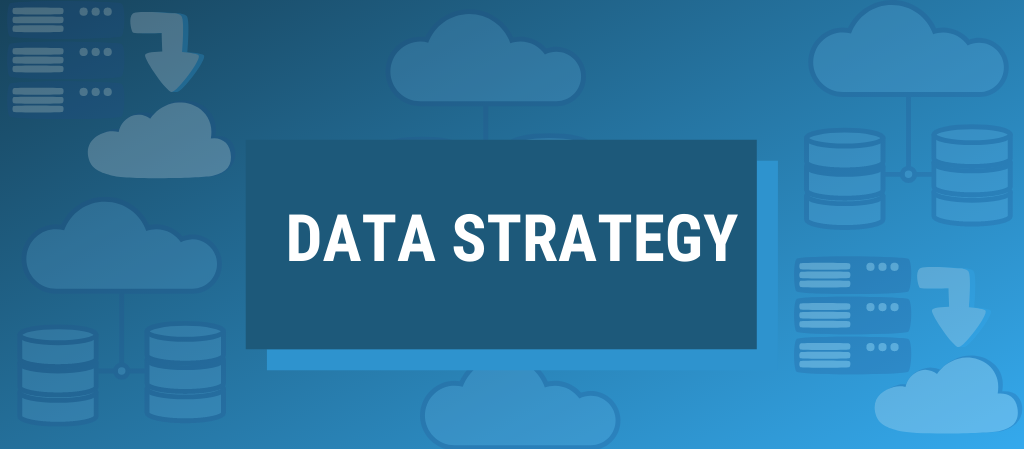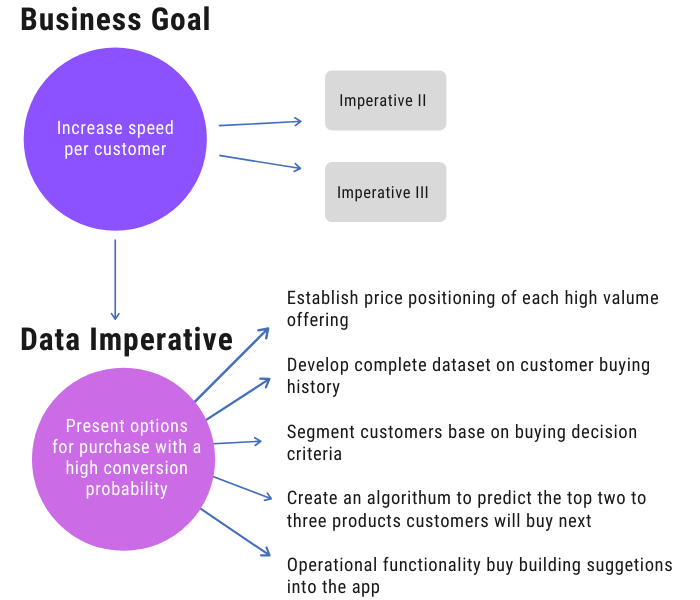
Clive Humby rightly pointed out that “Data is the new oil.”
Every company, small, medium, and large, is now leveraging data to make decisions. Deploying cloud-based data warehouses and other sophisticated technologies to manage data is the first step. But do you see where we are heading with all the automation and real-time processing?
Yes, we are inching closer to achieving data strategy. From collecting data first hand through unique, established sources and then organizing and reorganizing it to maximize the gains from the data, all businesses have more or less a designated process that they follow with every piece of data that they receive.
The talks have been in process since 2017.
- Leandro Dallemulle and Thomas Davenport classified data strategies into two types in their Harvard Business Review publication dating back to 2017.
- The MIT CISR Advisory Board has a dedicated website for data strategy
- Bernard Marr highlighted the data needs in 2019 and highlighted the need for a data strategy in his in-depth Forbes article.
What is a data strategy?

A data strategy is a comprehensive approach to organize, process, analyze, leverage, and protect data. However, there is one crucial step most people tend to overlook — although data now serves as a corporate asset. Yes, I am talking about repairs, maintenance, and mitigation strategies in case of unfortunate breakdown.
A data strategy is a documented process that serves as the go-to approach for the entire business. How is the data collected? How is the information stored? How is the data transformed? What is the unified database architecture? What steps need to be taken to ensure that the data has not been breached?
All of this redirects us to one document; one process — data strategy.
If you have not established a data strategy yet, then now is a good time to do so. At Alphalogic, expert data engineers and data scientists adopt a customizable approach to ensure that your data needs are met and understood every day. Click here and book the consultation now!
Why do you need a data strategy?
Any business that leverages a data strategy stands at a higher chance of creating a long, sustainable future. Not every move leads to a severe failure (or success), but the growth remains steady. This advantage reflects in several aspects. Some of them have been listed below:
-
Streamlined efforts leading to efficient internal operations
When you document a data strategy, the most significant advantage is that there are established standards. The strategy directs the employees towards a unified vision. The efforts are taken towards internal operations.
-
Real-world evidence and improved forecasting capabilities
It is rather common how the real market often differs from the perception of the businesses. A data strategy is essentially a vital piece of evidence that will help you gain clarity about what is going on. When you club past and the present, you can forecast the trends and adapt your next moves accordingly.
-
A data-driven business strategy
When you have a dedicated corporate asset, the reliability factor of the business increases. This increase in reliability is often accompanied by a shift in the processes which change your business strategy for the better.
We have personally been applying fundamentals of data engineering to our business, and the results are drastically different. The transition through the stages is not drastic. But the data strategy always helps you navigate through the decision-making better.
What are the outcomes you can expect?
When you put in the work to develop a data strategy, there are several long-term benefits associated with the implementation. Here are a few that we foresaw and experienced first hand:
-
Smoother functioning
With your decision making streamlined with internal operations, the functioning becomes smoother. Cross-functional team operations become seamless.
-
Providing value to customers
A data strategy entitles business owners to track every vital piece of information better. When that happens, it becomes easier to identify the pain points of the customers or clients. Thus, efforts can be made to improve customer satisfaction.
-
Scope for innovation
With your customers happy, your internal operations in place, the available timelines can be better utilized to devote to innovation. For a number of our clients, particularly those who have mobile application products and services, have leveraged the time to include several secondary features contributing to their overall expansion and scaling.
Has your organization adopted a data strategy yet? If yes, what would you consider the critical problem areas that were resolved by your data strategy? Leave us a comment here.
Dhananjay (DJ) Goel is the CTO at Alphalogic, passionate about technology, startups, game of thrones and coffee. He enjoys working on challenging problems with innovative startups.
